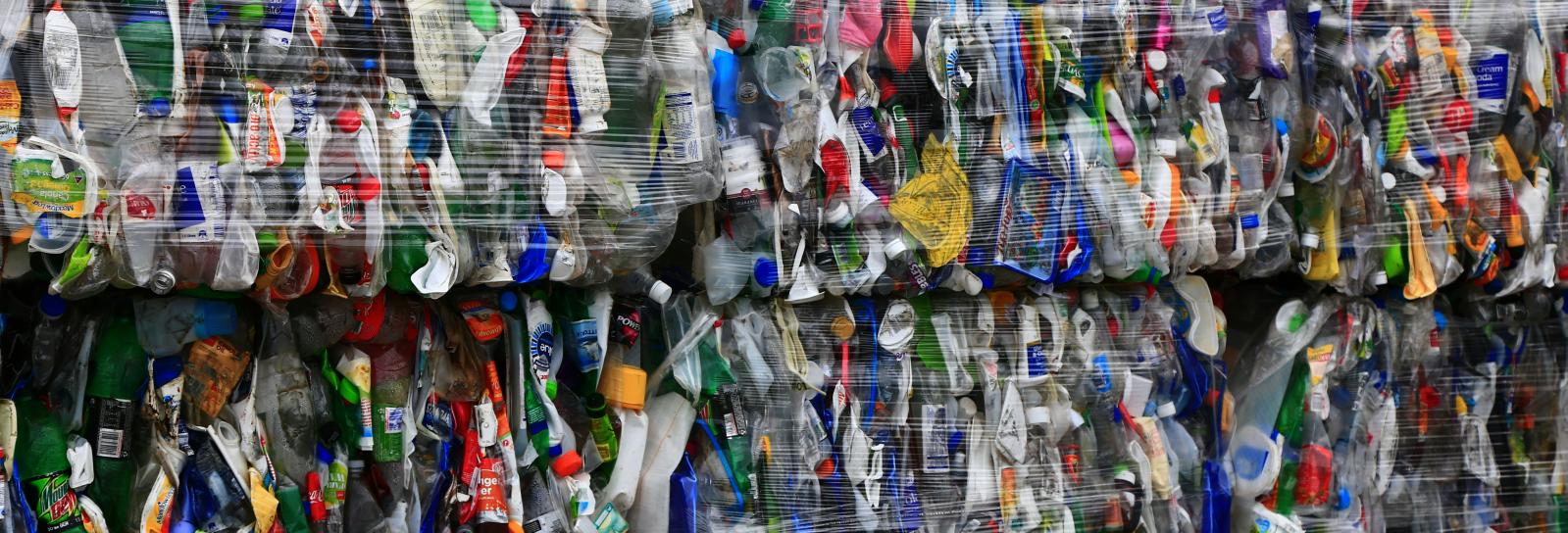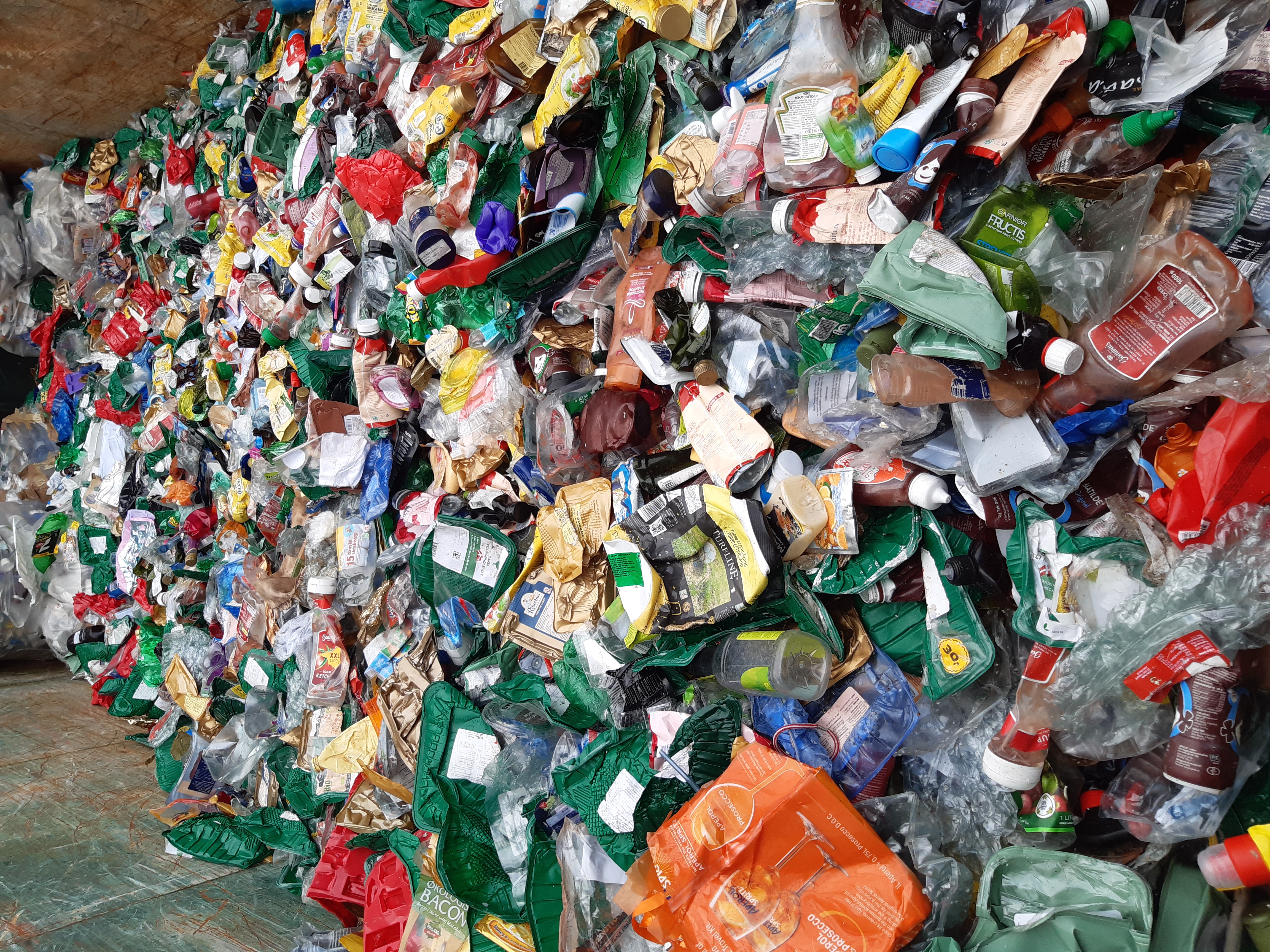Plastic Waste

How do we improve the quality of plastics recycling?
A large portion of plastic waste is downcycled into products of much lower quality than the original materials.
Packaging found in supermarkets is rarely returned to the shelves as recycled packaging. Currently, food packaging is not widely recycled back into new food packaging. Instead, it is repurposed for other uses that don't require the strict quality standards needed for food packaging. This ongoing cycle keeps the demand for new, virgin materials high.
To improve the quality of recycled plastic materials, two key changes are necessary:
- Design for Recycling: A large amount of plastic packaging on the market today needs to be redesigned to allow for high-quality recycling. Many products are made from multi-layer materials, contain harmful printing inks, or feature non-washable labels, all of which undermine the recycling process.
- Improved Recycling Infrastructure: While progress has been made in recent years, there is still a need to enhance existing sorting technologies and recycling infrastructure for both mechanical and chemical recycling of plastic packaging.
Test sorting facility contributes to test ways of using recycled plastic
More on recycling and reuse of plastic waste
Expand all
Reusable takeaway packaging
The City of Copenhagen is working actively to reduce packaging waste and promote the use of reusable solutions across municipal systems, events, and everyday city life. As part of the city's broader climate and sustainability goals, ongoing initiatives explore how reusable packaging can replace single-use products in a practical, environmentally responsible, and socially accepted way. Go to this page (click to open) if you want to read more about reusable packaging in Copenhagen.
Intelligent packaging – Digital Watermarks Initiative HolyGrail 2.0
Driven by AIM – European Brands Association and powered by the Alliance to End Plastic Waste, an industry consortium will test and demonstrate the power of digital watermarks for more accurate waste sorting and higher quality recycling.
Visit the Homepage of Digital Watermarks Initiative (New window)
Circular food tubs and trays
Tubs and trays comprise about 1/3 of the total quantity of plastic waste collected from the households in Copenhagen. Many tubs and trays are designed in a way, which make them impossible to recycle into new tubs and trays. They are made from multilayer materials (e.g. PET/PE) or from a type of polymer, which cannot be rinsed and sufficiently cleaned. However, tray-to-tray recycling is a reality for monolayer PET-trays.
Currently, most tubs and trays are downcycled to products, which are not suitable for food contact. This means that a substantial part of the plastic packaging consumed in Copenhagen must be regularly replaced by new packaging products made from virgin materials. This is not a circular solution.
In order to improve this situation, moving towards a more circular production and consumption of plastic packaging, Copenhagen established a Partnership for Circular Food Trays which demonstrated the feasibility of recycling post-consumer plastic packaging to food contact materials.
Food and beverage cartons
With an annual amount of almost 3,000 tons, beverage cartons and other composite packaging represent a potential source of raw materials in the residual waste stream in Copenhagen.
Beverage cartons are currently collected in a comingled fraction with plastics. They are then sorted for recycling at a central sorting facility.
Please contact us if you want more information or wish to engage in dialogue about recycling of beverage cartons.
Test sorting facility for plastic waste
Copenhagen has invested in a test sorting facility for plastic waste, where the city supports technology development, performs sorting tests, provides test samples of raw material for industry partners, and demonstrates the recycling process for plastic waste to citizens, companies, and organizations in Denmark and abroad.
Book a visit to the Test Sorting Facility (New window)

